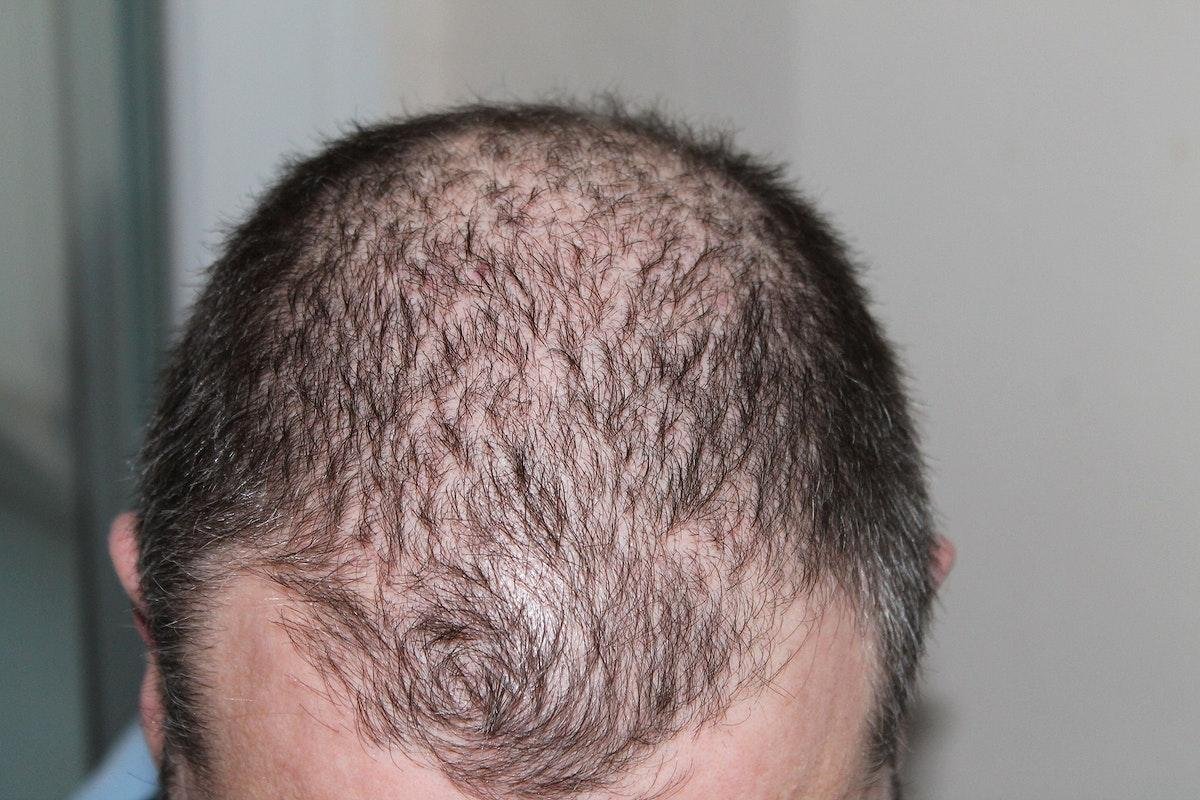Hair loss is a common concern impacting millions of individuals worldwide. While there are numerous treatment options available, hair transplantation has emerged as a promising solution for lasting and natural-looking results. With different techniques and methods to choose from, finding the right hair transplant method can be overwhelming. This comprehensive guide aims to provide a clear understanding of various hair transplant methods, enabling individuals to make informed decisions about their hair restoration journey. Focusing on providing factual information, this article presents an unbiased overview of the most effective and commonly utilized hair transplantation methods available today.
Understanding the Different Hair Transplant Methods: Pros, Cons, and Suitability
When it comes to hair transplants, understanding the different methods available is crucial for making an informed decision. In this comprehensive guide, we will explore the pros, cons, and suitability of each hair transplant method to help you choose the right one for your needs.
Follicular Unit Transplantation (FUT)
One of the most commonly used hair transplant methods is Follicular Unit Transplantation (FUT). During this procedure, a strip of scalp is removed from the back of the head and dissected into individual follicular units. These units are then transplanted into the recipient area, creating a natural-looking hairline and maximizing the number of grafts that can be harvested. FUT has the advantage of being a more cost-effective option, but it does leave a linear scar. However, this scar is easily concealed by surrounding hair, making it a suitable choice for those with good donor hair density. It is important to note that FUT requires a longer recovery time compared to other methods, and there may be a higher risk of post-operative complications.
Follicular Unit Extraction (FUE)
Another popular hair transplant method is Follicular Unit Extraction (FUE). Unlike FUT, FUE does not involve removing a strip of scalp. Instead, individual follicular units are extracted directly from the donor area using a specialized tool. This minimally invasive procedure leaves tiny, dot-like scars that are virtually undetectable, making FUE a great option for individuals who prefer shorter haircuts. FUE also has a faster recovery time and a lower risk of complications compared to FUT. However, the downside is that it is more expensive and typically results in a lower number of grafts being harvested, which may be a limitation for those with extensive hair loss.

Recommendations for Choosing an Optimal Hair Transplant Method
When it comes to choosing an optimal hair transplant method, there are several factors to consider. One of the most important considerations is the type of hair loss you are experiencing. Different methods are more suitable for different types of hair loss, so it’s crucial to consult with a professional before making a decision. Additionally, your age, overall health, and desired outcome should also be taken into account.
There are two main methods of hair transplantation: follicular unit extraction (FUE) and follicular unit transplantation (FUT). FUE involves the extraction of individual hair follicles from a donor area and their transplantation to the balding area. This method leaves minimal scarring and allows for a quicker recovery time. On the other hand, FUT involves the removal of a strip of tissue from the donor area, from which hair follicles are extracted and transplanted. This method may result in a linear scar, but it allows for the transplantation of a larger number of hair grafts. Ultimately, the decision between FUE and FUT will depend on your specific needs and preferences. In conclusion, when it comes to choosing the right hair transplant method, it is essential to consider various factors and consult with a qualified professional. Each method has its own advantages and limitations, and understanding your specific needs and goals can help you make an informed decision.
Whether you opt for Follicular Unit Excision (FUE), Follicular Unit Transplantation (FUT), or any other advanced technique, a thorough understanding of the procedure and realistic expectations is crucial. Remember that results may vary from person to person, and patience is key during the recovery period.
Additionally, it is vital to take proper care of your newly transplanted hair to ensure long-lasting results. Following the post-operative instructions provided by your surgeon and maintaining a healthy lifestyle will greatly contribute to the success of your hair transplant.
Lastly, advancements in the field of hair transplantation continue to expand the options available to individuals struggling with hair loss. Staying informed about the latest developments and seeking expert advice will empower you to select the most suitable method for your unique circumstances.
Ultimately, a well-researched decision combined with a skilled surgeon’s expertise will undoubtedly make a significant difference in your hair restoration journey. So, don’t hesitate to explore the possibilities, weigh your options, and embark on the path towards regaining your confidence and restoring your lustrous mane.
